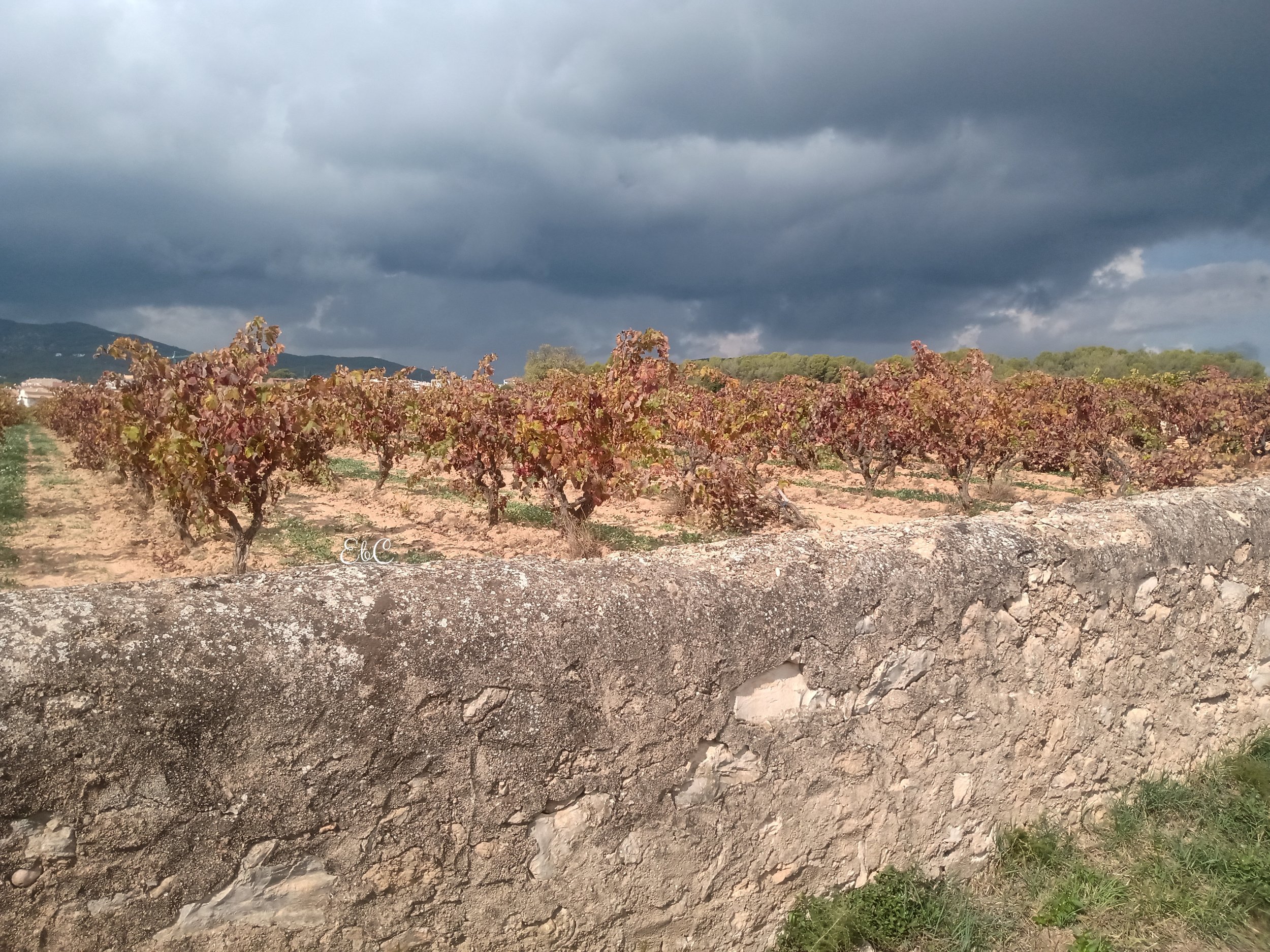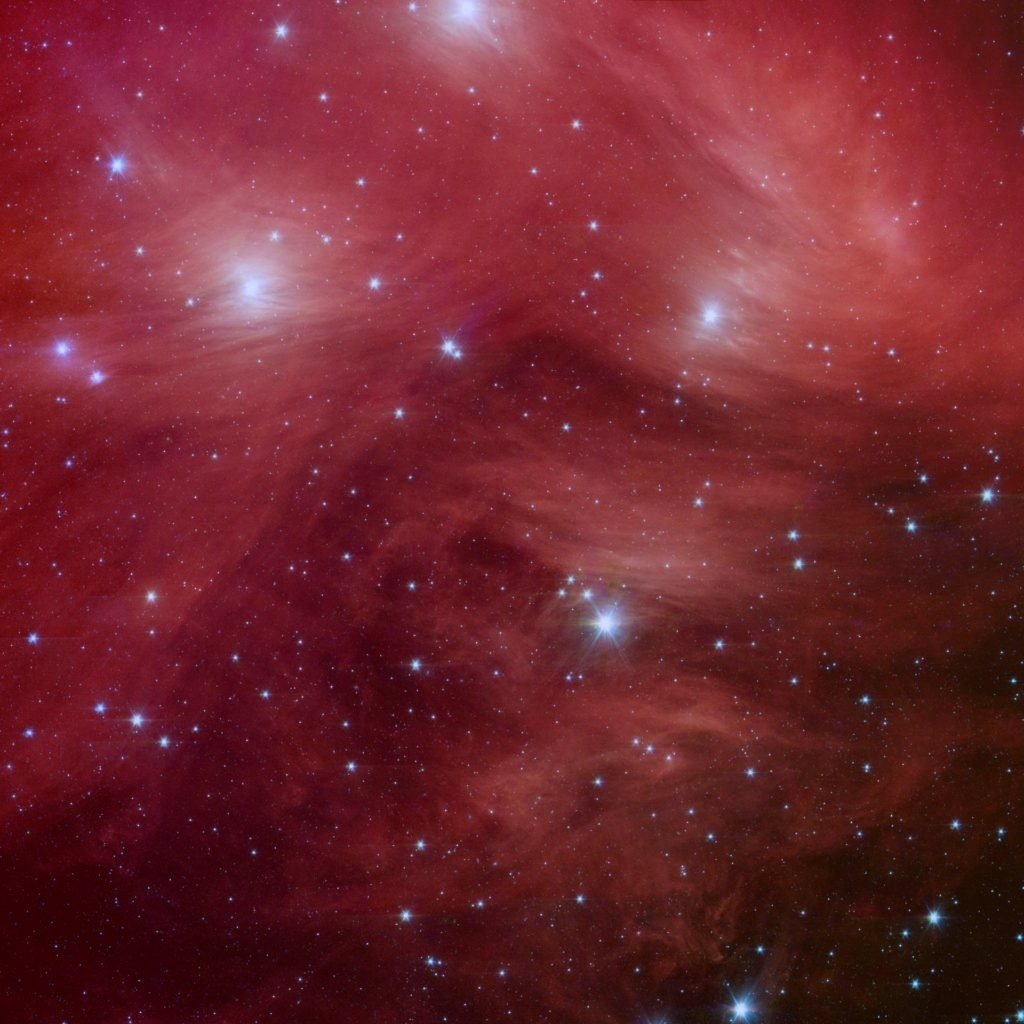
The History of Science
Mary and Dorothy
-

Somerville College, University of Oxford
Named after Mary, and where Dorothy Hodgkin graduated with a First in Chemistry. She later became the college’s first fellow and tutor in Chemistry.
-

Mary Somerville
The first person to be described in print as a ‘scientist’. An asteroid and a lunar crater are named after her. Her book Physical Geography was used as a textbook until the early 20th century.
-

1964 Nobel Prize in Chemistry
For solving the atomic structure of organic molecules, through X-ray crystallography. Dorothy remains the only British woman to receive a Nobel Prize in one of the sciences.
-

A different world
Dorothy was one of only two girls allowed to study chemistry at school. Her work on insulin established the future treatment of diabetes, allowing researchers and chemists to manufacture life-saving medicines. No-one at the time would have seen anything strange about the headline.
Galileo Galilei
Galileo found four moons of Jupiter.
He presented his discovery in his book Sidereus Nuncias (Starry Messenger)
CREDIT: NASA/JPL/DLR
CREDIT: NASA/JPL-Caltech/UCLA
The Pleiades. Galileo saw that there were many more stars in the sky than had been thought. He said that the Moon was not a perfect sphere, and that the Earth was not the centre of the universe. All of this was against the teachings of the Church. The supporters of Aristotle were angered.
Many a night I saw the Pleiades,
risin’ thro’ the mellow shade
glitter like a swarm of fireflies
tangled in a silver braid
(Tennyson)
CREDIT: Pink Pleiades NASA/JPL-Caltech
On 30 November, 1609, Galileo turned his telescope toward the Moon.
“The moon is not robed in a smooth and polished surface but it is in fact rough and uneven, with huge prominences, deep valleys and chasms”
Mountains of the Moon: Zeeman Mons
CREDIT: NASA/GSFC/Arizona State University
“If Galileo had said in verse that the world moved, the Inquisition might have left him alone”
CREDIT: NASA, ESA, J. Tan (Chalmers University of Technology) C.C. BY 2.0
The Inquisition found Galileo guilty of heresy
“Namely, for having held and believed a doctrine which is false and contrary to the divine and Holy Scripture; that the sun is the center of the world and does not move from east to west, and the earth moves and is not the center of the world, and that one may hold and defend as probable an opinion after it has been declared and defined contrary to the Holy Scripture.” June 1633, Rome
In 1989, NASA launched the Galileo mission. An exploratory spacecraft was sent into space to study Jupiter and her moons. It travelled 2.8 billion miles and sent back around 14,000 pictures.
Europa
Galileo’s four moons are now called Io, Europa, Ganymede and Callisto.
CREDIT: NASA/JPL- Caltech/Seti Institute
Three hundred years later, in 1992, the Church that had punished Galileo pardoned him.









